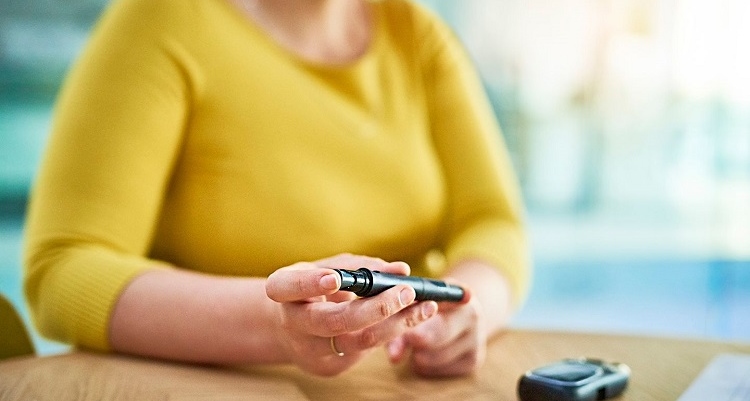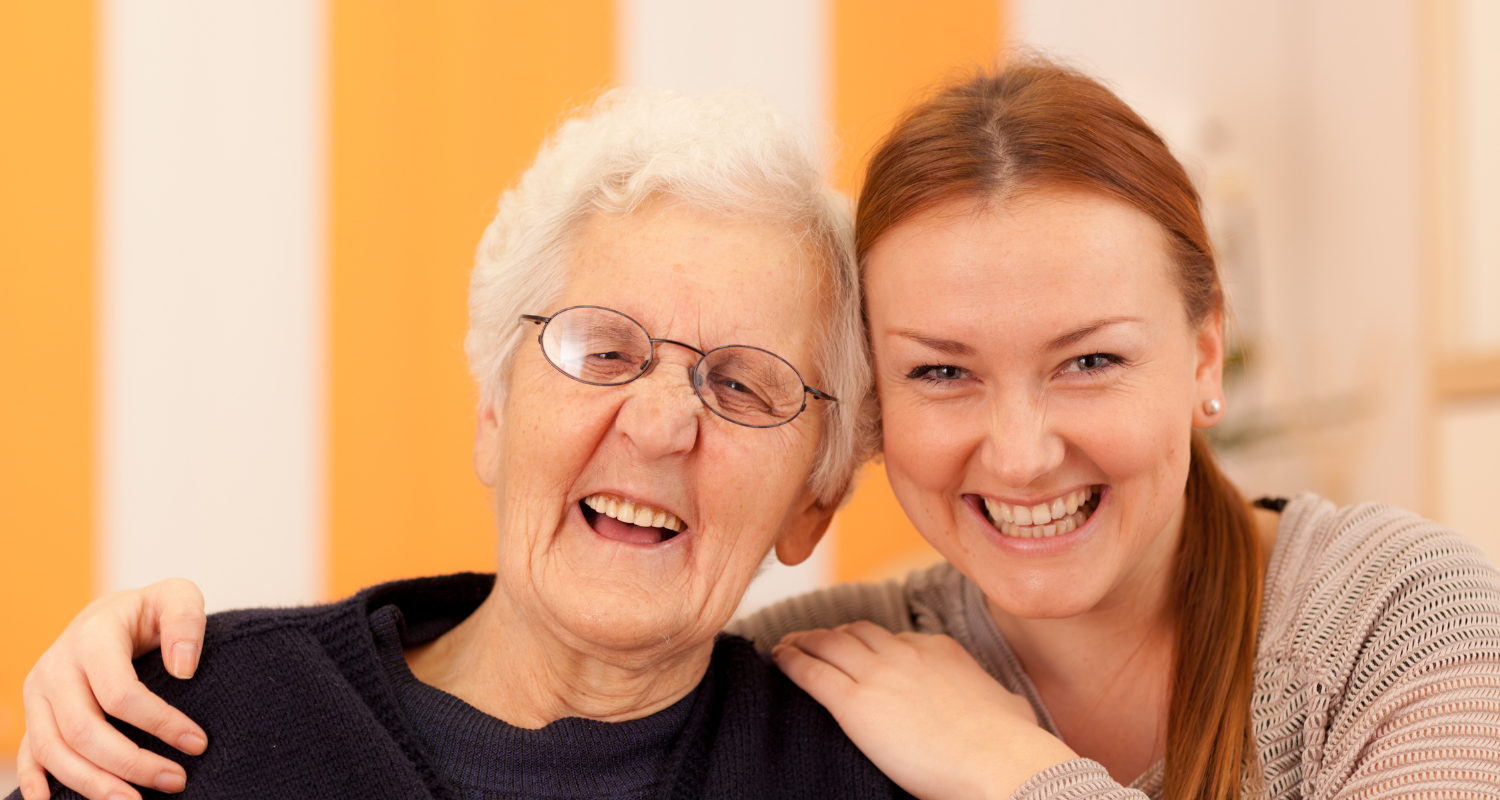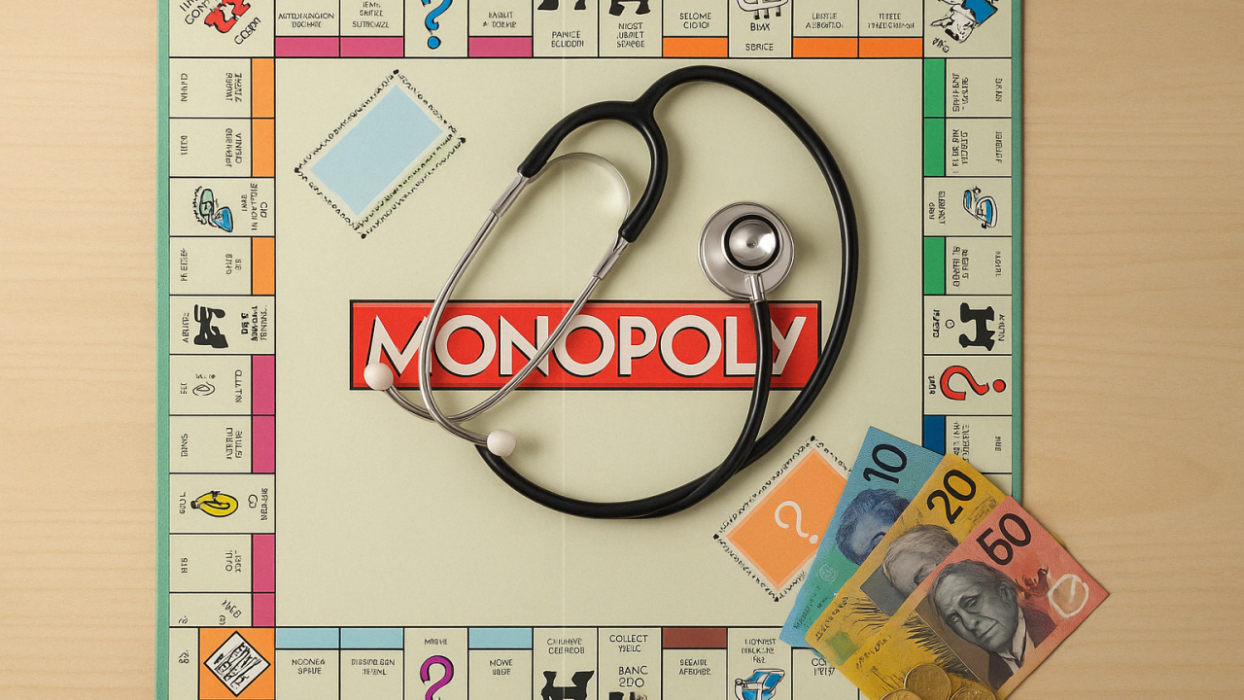Why do mature age adults experience more falls?
The threat of a fall poses a significant risk as we age, with the potential to impact independence
and quality of life. Falls are a leading cause of injury among mature aged adults, often resulting
in hip fractures, head injuries, and/or long-term complications. In fact, falls are the leading cause
of injury-related hospitalisation in people over 65 years of age. Recovery is often slow, and some
do not fully recover.
It is estimated that 30% of mature adults (65+ years) will experience at least one fall per year, while alarmingly, one in three adults aged 50 and over will die within 12 months of suffering a hip fracture.
To provide effective support, it is important that mature aged adults and their caregivers take falls seriously and take time to understand the contributing factors while also taking proactive preventative measures.
What contributes to falls?
There are many things that can contribute to a fall. These include factors relating to the person and their environment.
Medical contributors:
– Poor eyesight or hearing, affecting the ability to assess trip hazards
– Muscle atrophy/loss
– Dizziness or weakness resulting from a medical condition
– Side effects of medications, taking more than 5 medications or use of chemical restraints
– Obesity or low weight
– Incontinence causing rushing to get to the toilet in time
– Medical conditions such as Parkinsons, Diabetes, Stroke, Cardiovascular or Vestibular conditions
– Cognitive impairment
Physical contributors:
– Losing balance while performing activities such as transitioning from sitting to standing and vice versa, or walking
– Emotional factors such as anxiety or fear of falling can lead to decreased activity and mobility
– Age related changes
– Lower bone density
– Slower reaction times
– Lifestyle factors such as poor sleep, poor diet, dehydration, use of nonprescription drugs and alcohol
Environmental factors:
– Hazards in the home such as rugs, cables and clutter
– Poor lighting
– Slippery or uneven surfaces
– Lack of handrails, aids or equipment
– Pets and other household items that are a trip hazard
– Improper footwear
– Items stored out of reach
Understanding why mature aged adults are susceptible to falls is pivotal for fostering safer environments and lifestyles.
Be sure to check out our blog on Preventing and Responding to Falls to equip yourself with the knowledge and strategies needed to safeguard against this common risk. We’ve also included some resources below.
Together, let’s build a community where falls become a rarity, not a norm.
More information on falls management
– Stay on your feet: has a wide range of instructional videos on falls-related topics
– Falls prevention for Mature Aged people
– Australian and New Zealand Falls Prevention Society: details on state based programs
– Home falls prevention checklist
Related Posts
July 7, 2025
Managing diabetes with a Home Care Package – a path to better health
Living with diabetes can feel like a…




